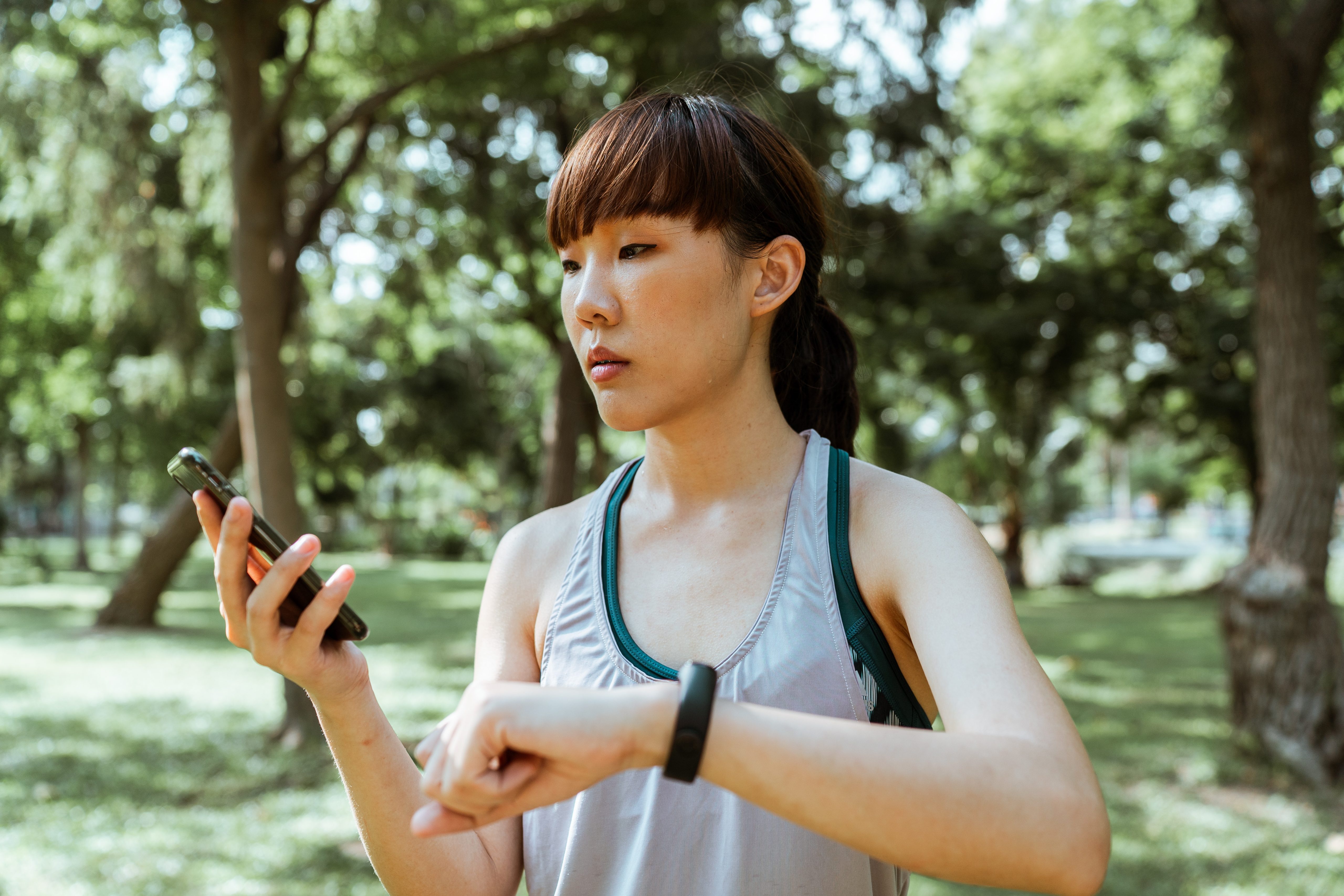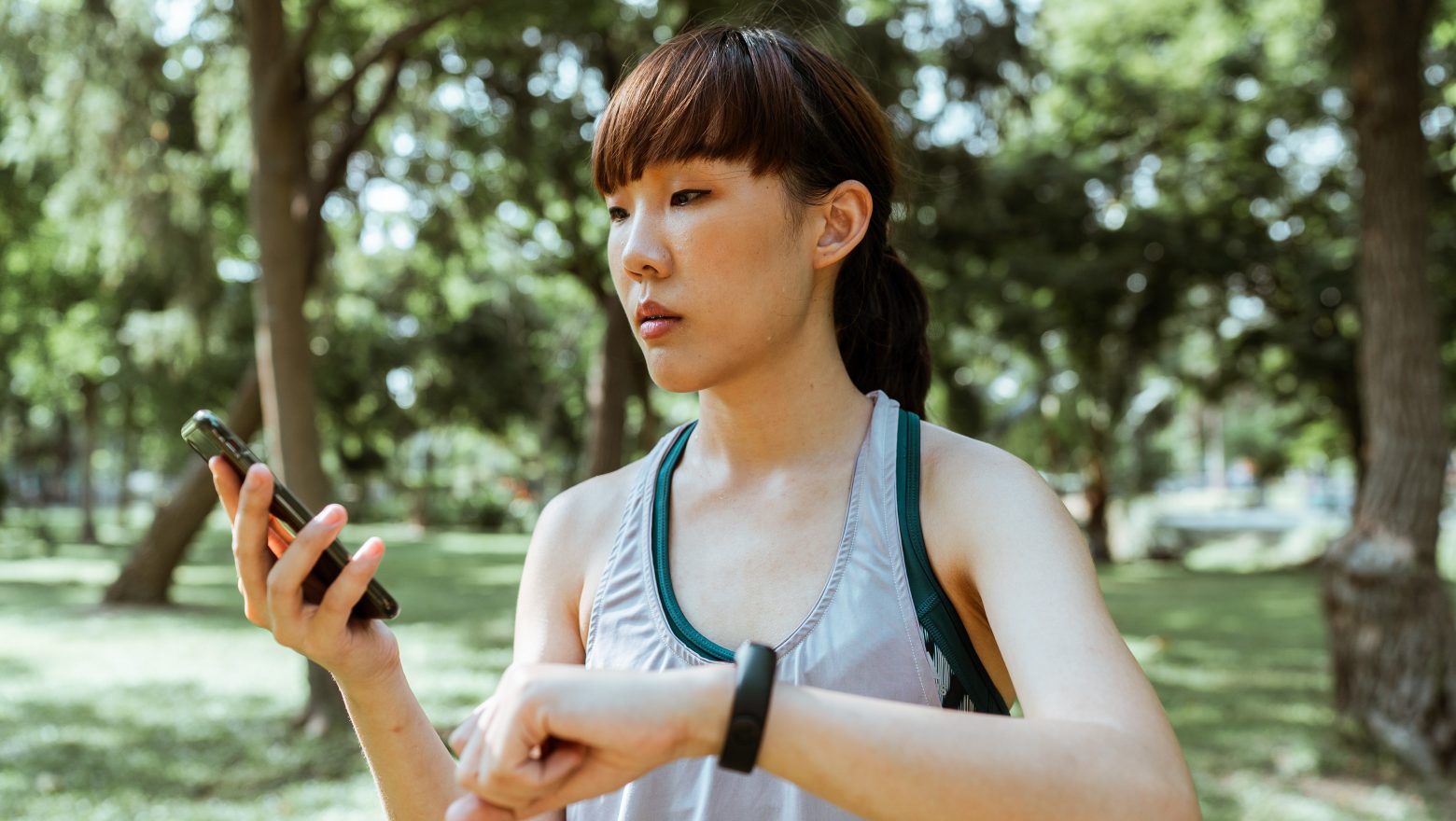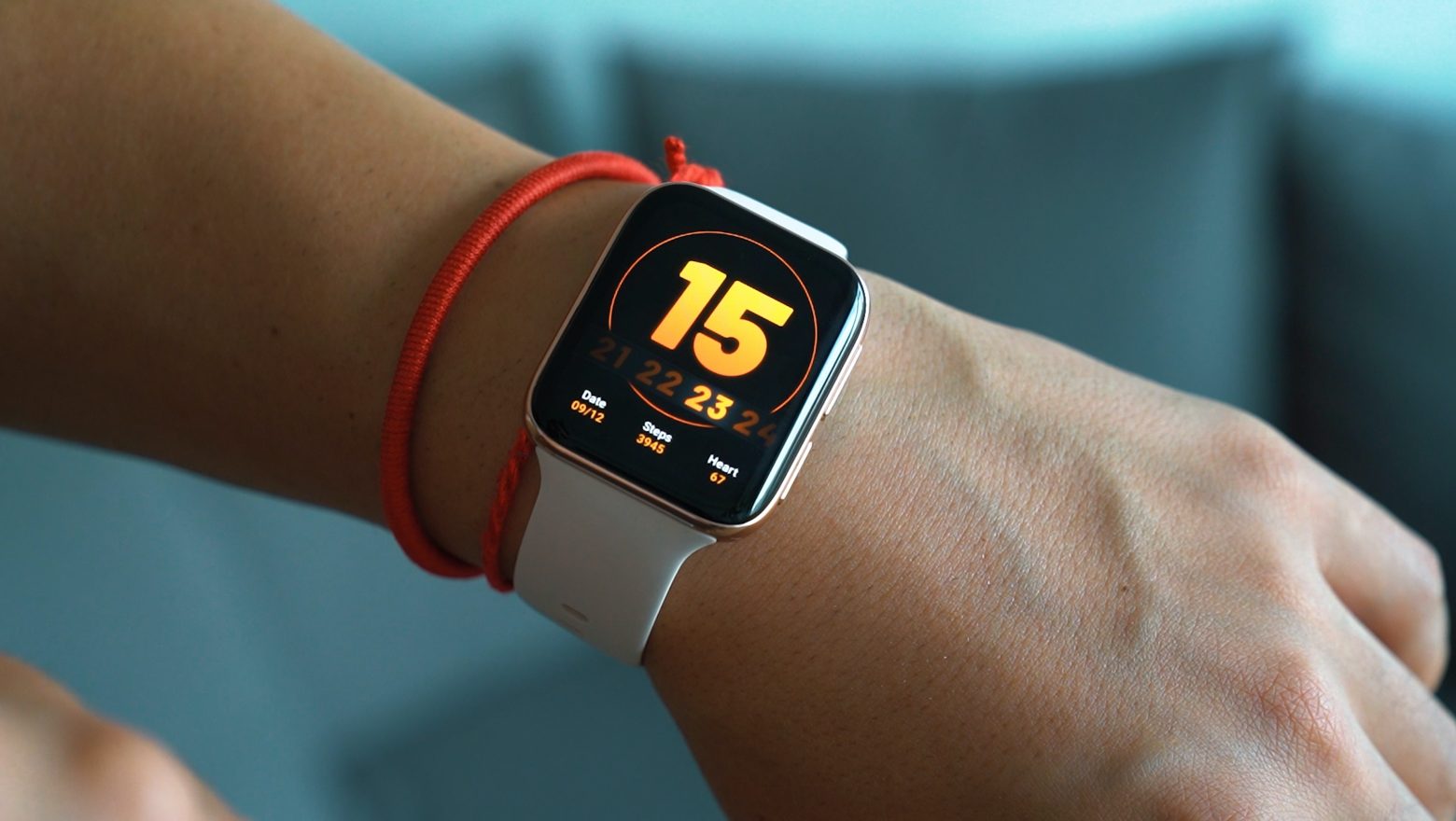Recently, we studied research that identified key issues with apps that use wearables.
Some problems are related to the “pre” usage phase, where people simply don’t want to buy devices due to:
1. Not having tried them initially,
2. Living in rural areas,
3. Having doubts about the onboarding process.
In this brief summary of the research, we will also share our own and international experiences in addressing these and other issues.
Main Problem: Data Gaps and Inequality
“Data gaps” refer to the lack of information on how these technologies benefit lower-income populations.
Research shows that most users of health apps and wearables tend to be young, educated, and financially stable, excluding other groups that may not have full access to or benefit from these innovations.
This issue is tied to broader social determinants of health and digital inequality.
Additionally, cultural factors influence the adoption and use of these technologies.
For example, while skepticism towards technology is common in the U.S. due to privacy concerns, countries like China and Singapore may demonstrate a broader collective acceptance of digital health tools.
Overall, the research compares the use of health apps and wearables in the U.S., China, and Singapore, with a focus on exercise frequency, self-reported health, psychological well-being, emotional well-being, and social well-being.
Problem Solutions for Different Audiences
I. Location and Cost
– Environmental differences: residents of suburban and rural areas reported lower self-rated health, possibly due to differences in healthcare access and environmental factors.
– Urban-rural divide: suburban and rural residents report poorer health, highlighting inequalities in resources and healthcare.
– Environmental differences: suburban and rural residents report lower psychological well-being.
– Income as a key factor: higher income is associated with better self-rated health.
Solutions:
1. Affordable bundles: create bundles that include a basic wearable and a health app subscription. Partner with local health initiatives or insurance companies to offer these bundles at reduced prices or even for free through sponsorships.
2. Try-before-you-buy program: allow residents to borrow wearables for a set period. Include localized support and education to help them understand the benefits.
II. Age
– Age correlation: younger people report better psychological well-being.
– Negative association with age: older individuals tend to exercise less
Solutions:
1. Tailored interface for older adults and people with disabilities: highlight key elements in the interface and clearly demonstrate how the device works. Check out how we implemented this in Moksha:
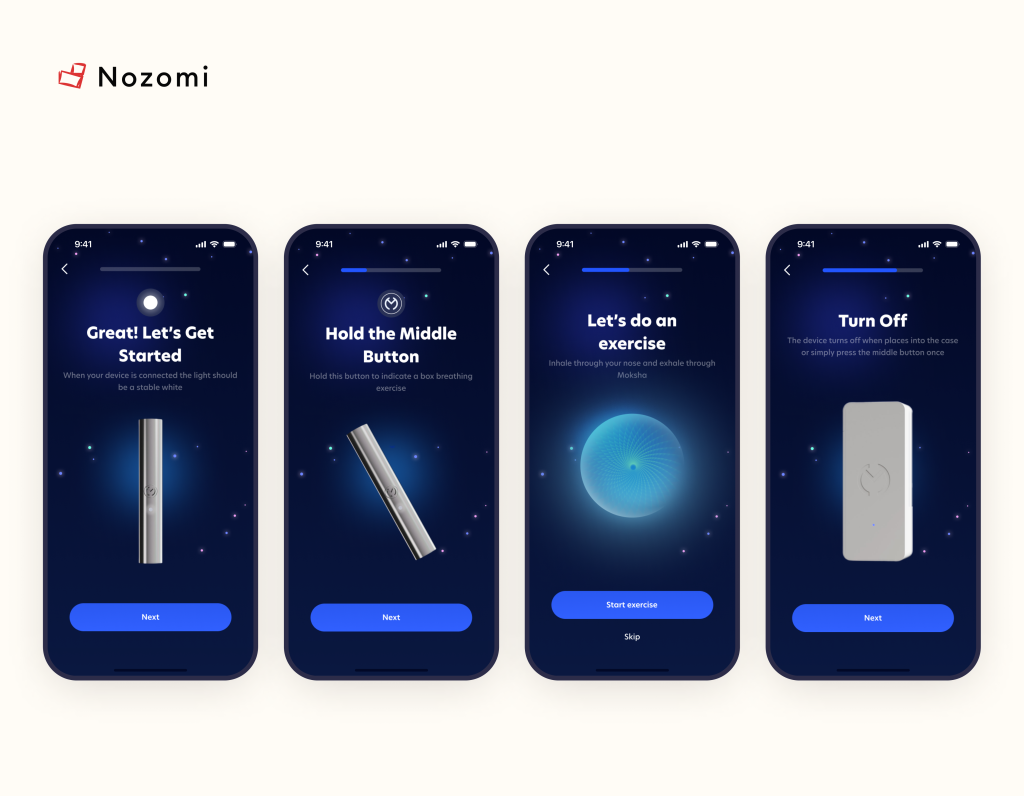
Carousel where we showed Before/After results with Moksha
2. And be sure to not only show how it works but also demonstrate that it works:
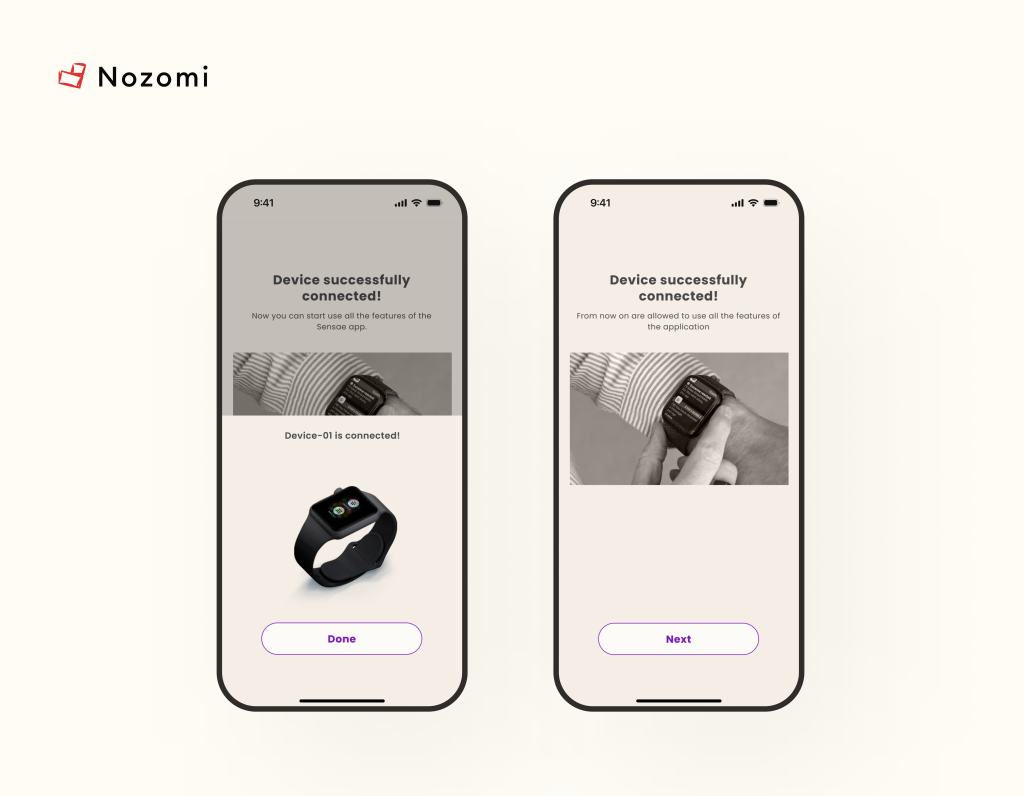
The first mandatory point is when we display on the app screen the device connection/disconnection or any other device-related notifications (like its status).
This offers a clear and straightforward way for users to understand the state of their wearable device at a glance. For example, when using a fitness tracker, showing whether it’s connected or disconnected can reassure users about the device’s functionality.
3. Take Attention: in addition, in Sensae, we implemented “Alerts” that are highlighted in red (since people typically associate red with something that needs immediate attention).
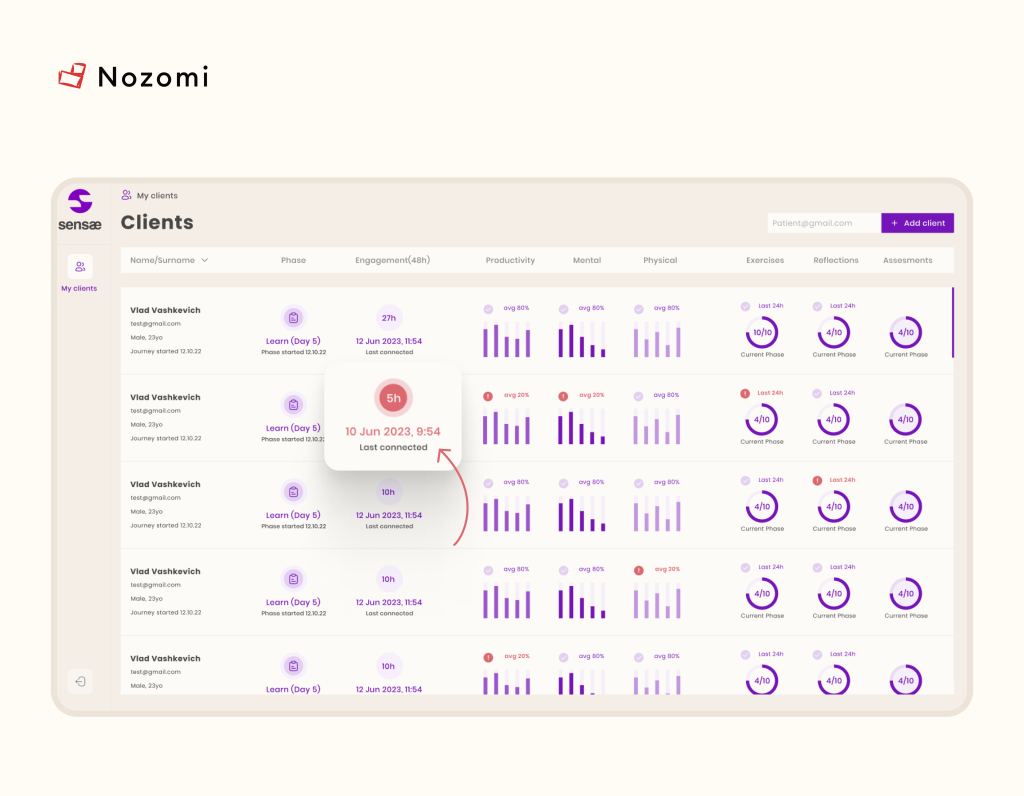
Case Study how we made the AI Wearable app Sensae
III. Cultural and country differences
United States: health apps and wearable devices had minimal impact on improving physical and mental health. Only psychological well-being showed a positive correlation with app usage, reflecting cultural preferences for autonomy and privacy.
China: health apps and wearables positively influenced exercise frequency and well-being (psychological, emotional, and social) but had no significant impact on self-reported health.
Singapore: the use of health apps and wearables was associated with more frequent exercise, improved self-reported health, and better psychological well-being. Government programs promoting digital health played a crucial role in this.
Solutions:
1. Clear explanation of data storage policy
In our experience, not only in the US but also in the EU, users are very concerned about privacy. During the registration process, make sure to display a banner highlighting your HIPAA and GDPR compliance.
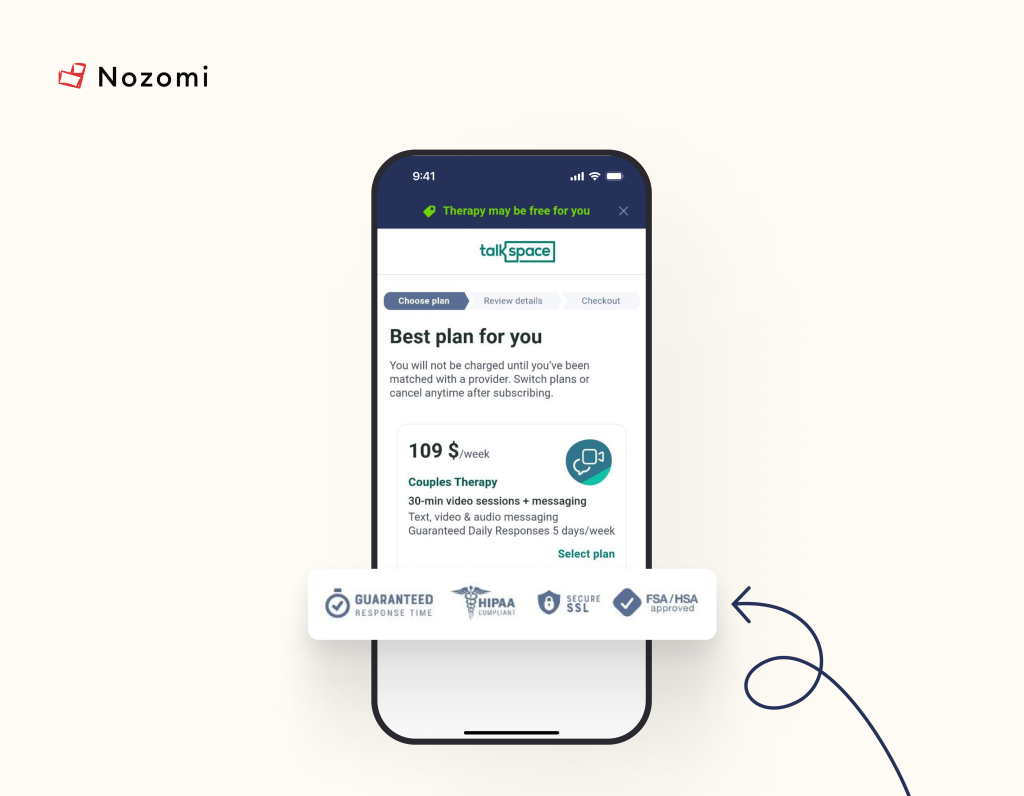
2. Anonymous feature
Thus, we address the issue of stigma, as doctors assert that it constitutes about 80% of the problem.
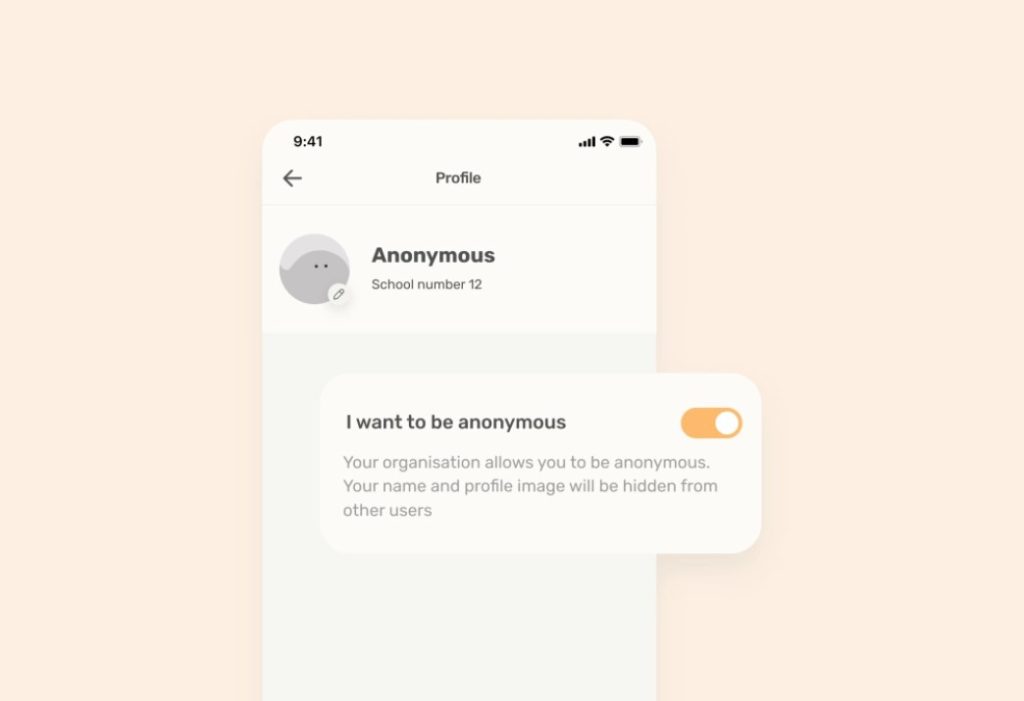
3. And other 8 features that saved our wearable apps we leave here => check the full list
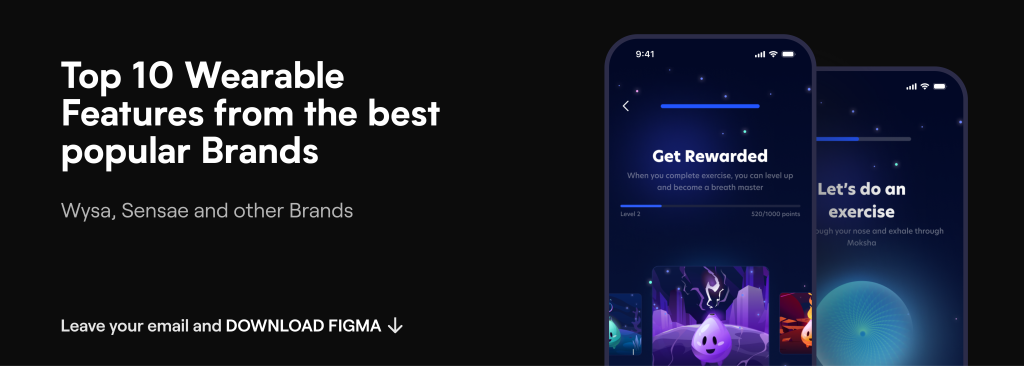
Download Figma with Top 10 Wearable Features
For example, the greatest benefits for both physical and mental health were observed when apps and wearables were used together, rather than individually. Such a feature helps to enhance user engagement and cut % of user churn.
Who we are? We are a digital health product studio, who transforms healthcare digital experiences and sets new standards for delivering digital healthcare in a way that positively impacts people’s lives.
We assist healthcare startups in designing and developing digital products, while also helping healthcare organizations undergo transformative changes.
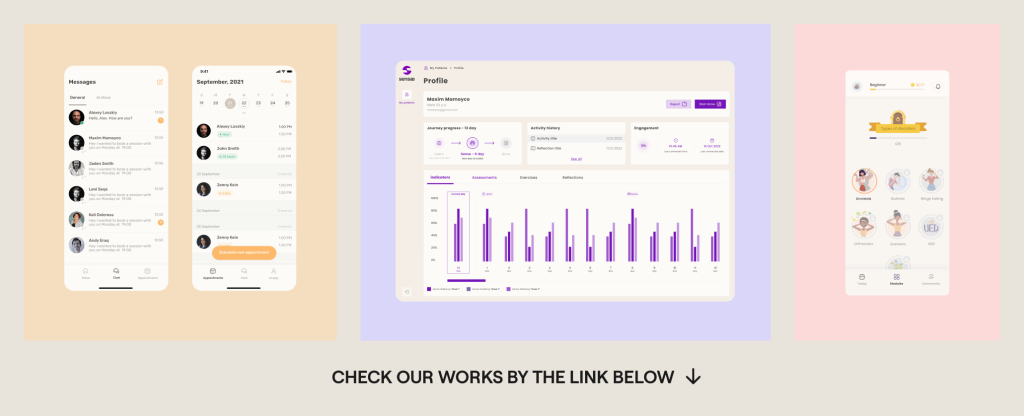
If you are interested about our experience check our portfolio with case studies: https://studio.nozomihealth.com/work
Or write to us now on m@nozomihealth.com and we will discuss how we can help ensure that your product brings real benefits


